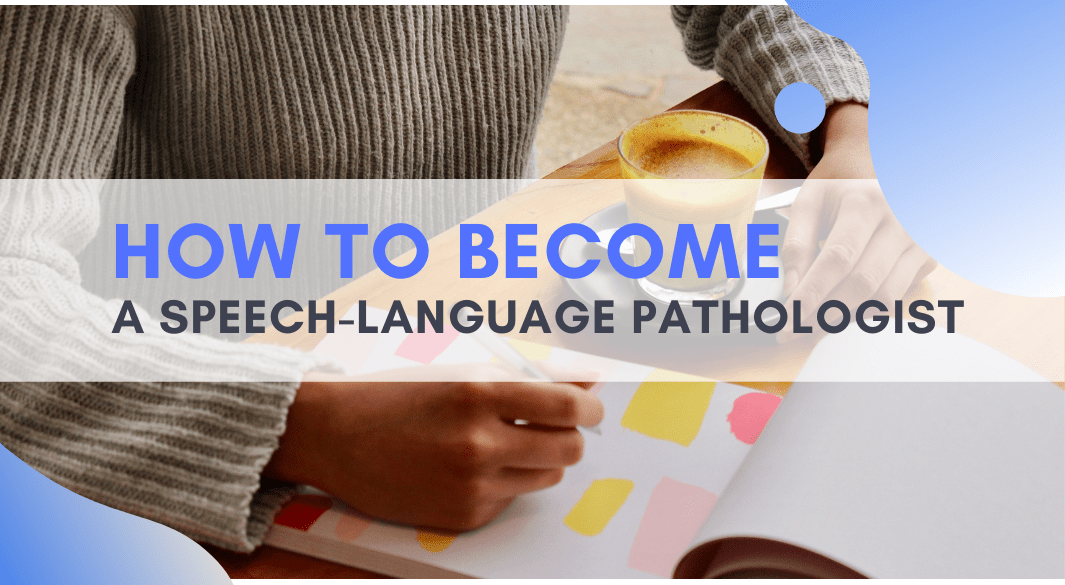Speech-language pathology (SLP) is an area of study within communication sciences and disorders (CSD) it is also a fast growing career area. SLP’s work on the prevention, assessment, diagnosis, and treatment of a variety of disorders of speech, language, social communication, cognitive-communication, and swallowing disorders in a people across the lifespan from newborn babies to older adults who survive a stroke.
Speech-language pathologists need a master’s degree and a state license. Many SLPs also hold a national certificate through American Speech-Language-Hearing Association (ASHA).
The gold standard for SLP’s is the Certificate of Clinical Competence (CCC) from ASHA.
What are the steps to earning that CCC?
- Bachelors Degree in CSD
- Master’s Degree in CSD
- Pass a national exam
- Complete a fellowship
- Apply for state and national licenses
Bachelors Degree
ASHA reports there are over 200 colleges that offer a bachelor’s degree (also called an undergraduate degree) in Communication Sciences and Disorders. If your university isn’t on the list, that’s okay!
Some universities offer similar degrees in…
- Speech & Hearing Sciences
- Communicative Disorders
- Communication Disorders and Deaf Education
- Speech Language Therapy
A bachelor’s degree in CSD is the easiest route, but it is okay if you have a degree in a different area. What do you do if you don’t have a bachelor’s in CSD?
CSD undergraduate degree programs include foundational courses in statistics and the social/behavioral, physical and biological sciences, as well as courses related to:
- Typical language development
- Language disorders
- Phonology (speech sounds)
- Linguistics
- Anatomy of hearing and speech
Many undergraduate programs offer research opportunities; research experience is very useful for anyone wanting to become an SLP.

